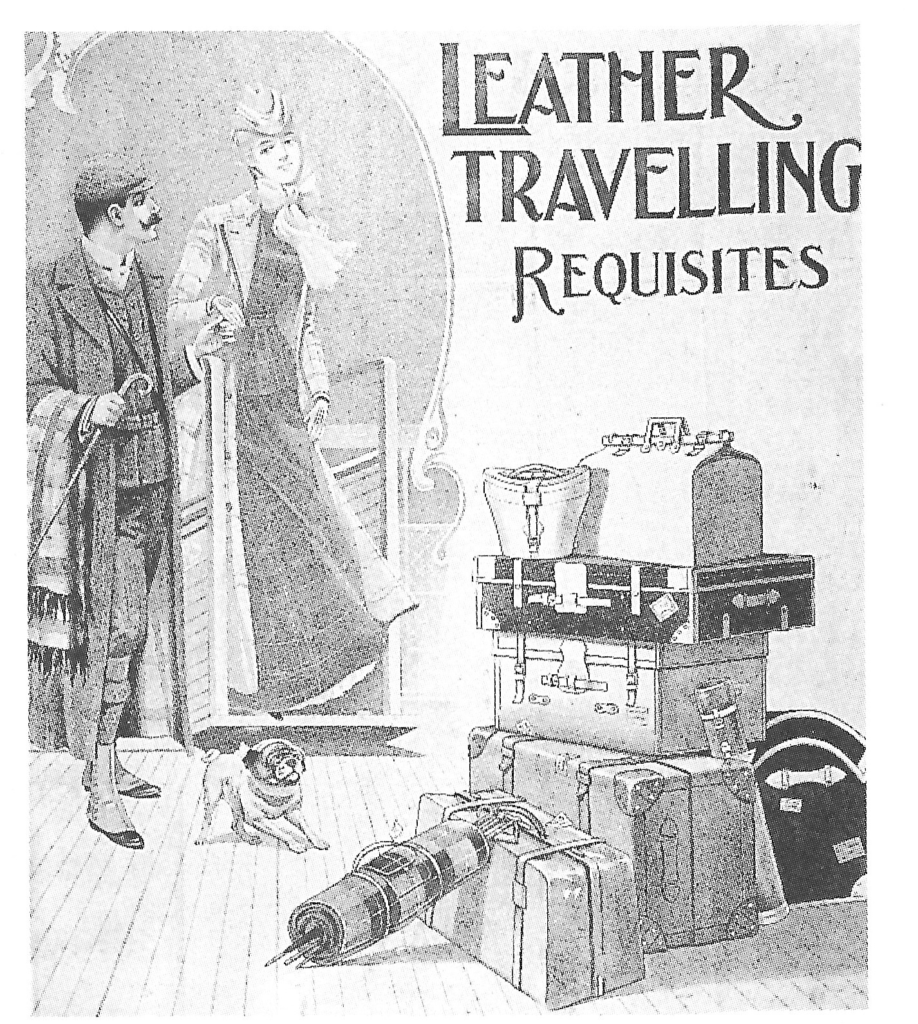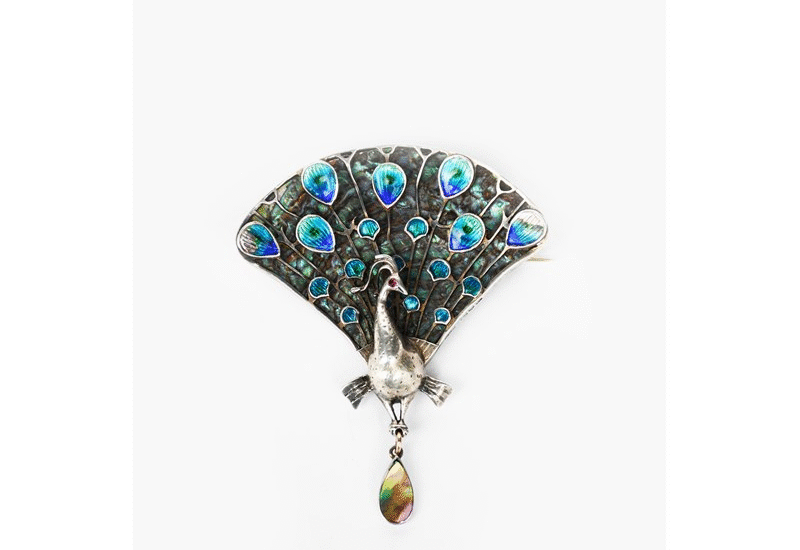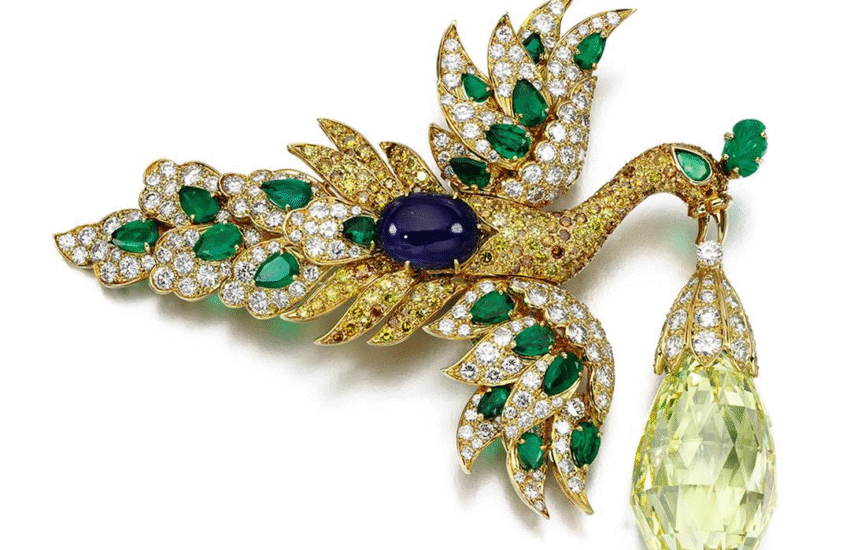Ideas in jewellery: the signet ring key
Jewellers are always looking for new ideas- fun, quirky or useful new objects to satisfy potential customers. Looking through historic newspapers shows some ideas which haven’t always passed the test of time.
Adverts were keen to show which of the problems of modern life could be solved through the right piece of ingenious jewellery. In the early twentieth century, the problem of looking after your keys found its solution in the modified signet ring key.

The American Register recommended them to their readers in 1908 in an advert which captures all the glamour of Edwardian travel:
Travellers and tourists so frequently experience great inconveniences when they have a number of boxes and trunks in finding their keys… Messrs Bramah, of 100 New Bond-street supply a master key so that over fifty trunks, boxes etc., can be opened with one key, which is so small that it can be carried on the watch-chain. They also make ring keys. That is, a gentleman can have an ordinary signet ring with seal, which, when taken off the finger, a small key opens out which will open the smallest despatch case or the largest iron safe.
The American Register, 30 May 1908

As well as the signet ring key promised in the text, Messrs Bramah, makers of safes and locks, also supplied a locket with the master key tucked away inside.
These jewels would not only make it easier to keep track of your keys, but give the owner complete control over their luggage. Although, it’s hard to believe that a signet ring or a locket could contain a particularly study key.
However, if you had over fifty boxes and trunks to keep track of, perhaps it was worth taking a chance.
Obviously, the idea had promise. In 1909, Bramah’s rivals Chubb’s advertised their own version ‘a key, worn in a signet ring, which opens many locks ‘. Their advert helpfully showed all the different types of locks alongside a hand, modelling the signet ring and hidden key.

These adverts give a nice view of middle class life. In Bramah’s 1913 attempt to sell these rings, they pointed out that a master key could be provided with subordinate keys. These were just the thing for the ‘Gardener, Butler, Maid, Valet, Chauffeur, &c. Each subordinate Key quite independent of the other, but ALL opening to the Master Key’

Neither Chubb’s nor Bramah had invented this cunning signet ring key. Some rare examples from the 19th century occasionally surface, like a very fine gold ring sold by Erica Weiner.
A tiny key for the Ideal Home of 1935

Tiny keys in signet rings turned up again at the Ideal Home Exhibition in 1935. As reported in the Belfast Telegraph, 8 July 1936, King George V viewed the fabulous sounding King’s House. It boasted a stainless steel kitchen, rare and costly wood panelling from exotic woods imported from the Empire and, an electric clock and built-in radio-set in every room. The asbestos sound-proofing was perhaps a mistake, in retrospect. The house was described as ‘not a large house, indeed it could almost be run by two maids, a cook, and a valet-chauffeur’. In a rather feudal touch, the King was given the power to choose a tenant. The lucky new inhabitant would open their new door with a tiny key hidden in a signet ring. The future mistress had the option of a little gold locket with its own secret key.
So, was the signet ring with key an idea which deserved success? Was the kind of key which slipped into a locket or fitted under the bezel of a signet ring really secure enough for a house door? Clearly it had enough fans to last for over fifty years!
More ideas in jewellery: pearl kneelaces



Hi, in your research for this article – did you find any information if the key (barrel portion) itself was made of solid gold? Or were they more often brass or gold plated steel?
I haven’t come across any references to the barrel specifically but at a guess, given that gold is quite soft, gold plated metal seems more likely.